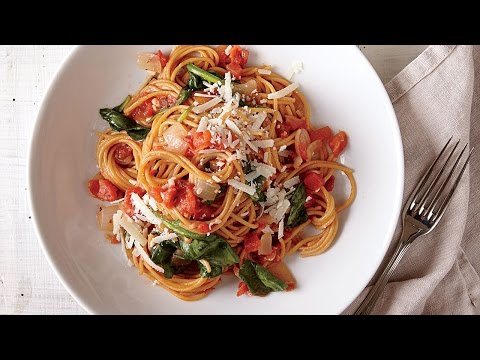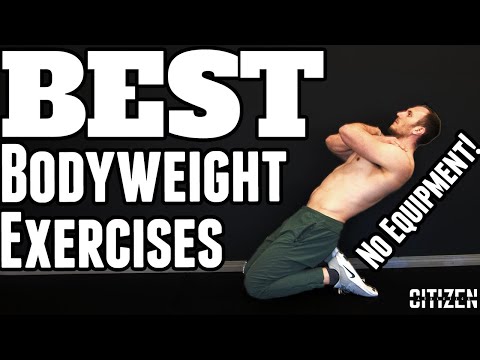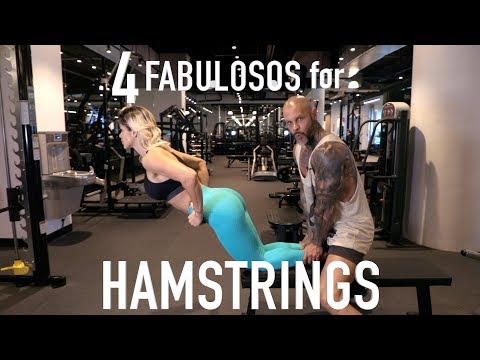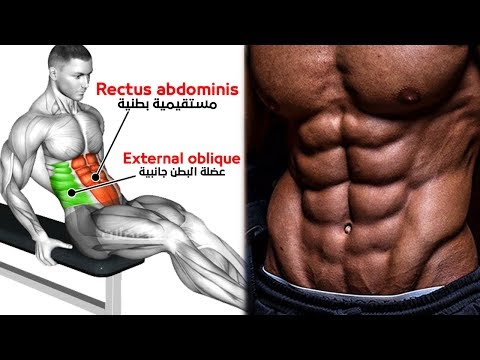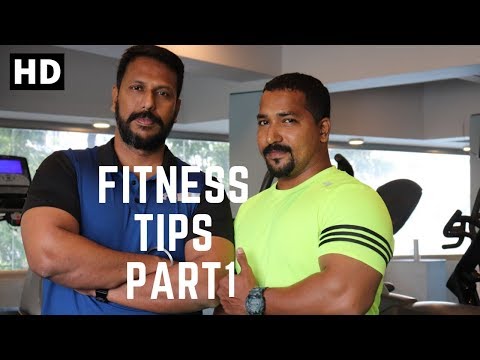
The purpose of the dynamic warm-up is to increase blood flow to the areas which will be working and to wake up the nervous system throughout the body. A warm-up should be more than a quick stretch and a few burpees.
The head-forward posture that comes with desk work can aggravate other neck muscles besides the ones that move your head forward and back. The exercises on this page can help undo the neck stiffness that comes with a head-forward posture.
Once you have the hang of these exercises, you can quickly do them in succession whenever and wherever you’d like.
Neck Rotation
The most obvious benefit of maintaining smooth neck rotation is the ability to smoothly and painlessly look over your shoulder to check for traffic when you’re in your car. But even if rarely drive, you can benefit from a smoothly rotating neck.
Your neck turns best when it is properly positioned, so to rotate your neck:
tuck your chin back to retract your head,
keep your head level throughout the rotation (don’t tuck or lift your chin), and
rotate your head as far as you can to one side, then the other.
At the end of each turn, try to rotate one or two degrees more at the end of the motion. Rotate only your neck and head, not your shoulders and torso.
Rotation of shoulder.
These two muscles lies below the scapular spine and are external rotators of the shoulder. Infraspinatus primarily acts with the arm in neutral and Teres Minor is more active with external rotation in 90 degrees of abduction.
When a joint can move forward and backward, such as the neck and trunk, flexion refers to movement in the anterior direction. When the chin is against the chest, the head is flexed, and the trunk is flexed when a person leans forward. Flexion of the shoulder or hip refers to movement of the arm or leg forward.
A quick recap on the single-arm swing benefits:
Improves core anti rotational muscles. Strengthens upper back scapular region on the swinging side. Drastically improves grip strength. Feels more comfortable passing down and in between the legs.
Hip rotation muscles
Hip rotation activates a variety of muscles in your pelvis, buttocks, and legs. These include:
the piriformis
the gemellus superior and inferior
the obturator internus and externus
the quadratus femoris
the gluteus maximus, medius, and minimus
the psoas major and minor
the sartorius
Small muscles such as the piriformis, the gemellus and obturator groups, and the quadratus femoris originate in the hip bone and connect to the upper part of the femur, the large bone in your thigh. Together, they make the sideways motion required for hip external rotation possible.
The gluteus maximus, a large muscle in your hip/buttocks area, provides most of the power used for hip external rotation. When all of these muscle groups work together, they provide both lateral rotation (torque) and stability.
Prevents tendonitis and carpal tunnel. Nowadays most of us tend to sit in front of a PC and type all day long. Wrist exercises can help protect our wrists from these issues.
Help us perform strength training exercises such as curls, presses, etc. without injuring our wrists.
Help us improve handstand practices if we practice power yoga or bodyweight strength exercises.
Increase blood circulation to the wrists for healthy mobility of our hands.
Upper Body Exercise Benefits
It improves your posture. A strong back is essential to good posture.
It reduces the risk of injury.
Strong muscles will enhance your workouts.
Strength training can protect your bones.
It just feels good.
Lower body Exercise Benefits
Performing functional exercises, like deadlifts, however, will strengthen your legs, glutes and lower body, while developing all-over muscle and mobility. Remember, core strength supports the body in almost every movement.
Pullup Benefits
The Pullup is an upper-body, compound exercise. Your back and arms pull your body up while your abs prevent your lower back from arching. You can emphasize your arms by gripping the bar with your palms facing up. These are Chinups and they’re effective for building bigger arms.

